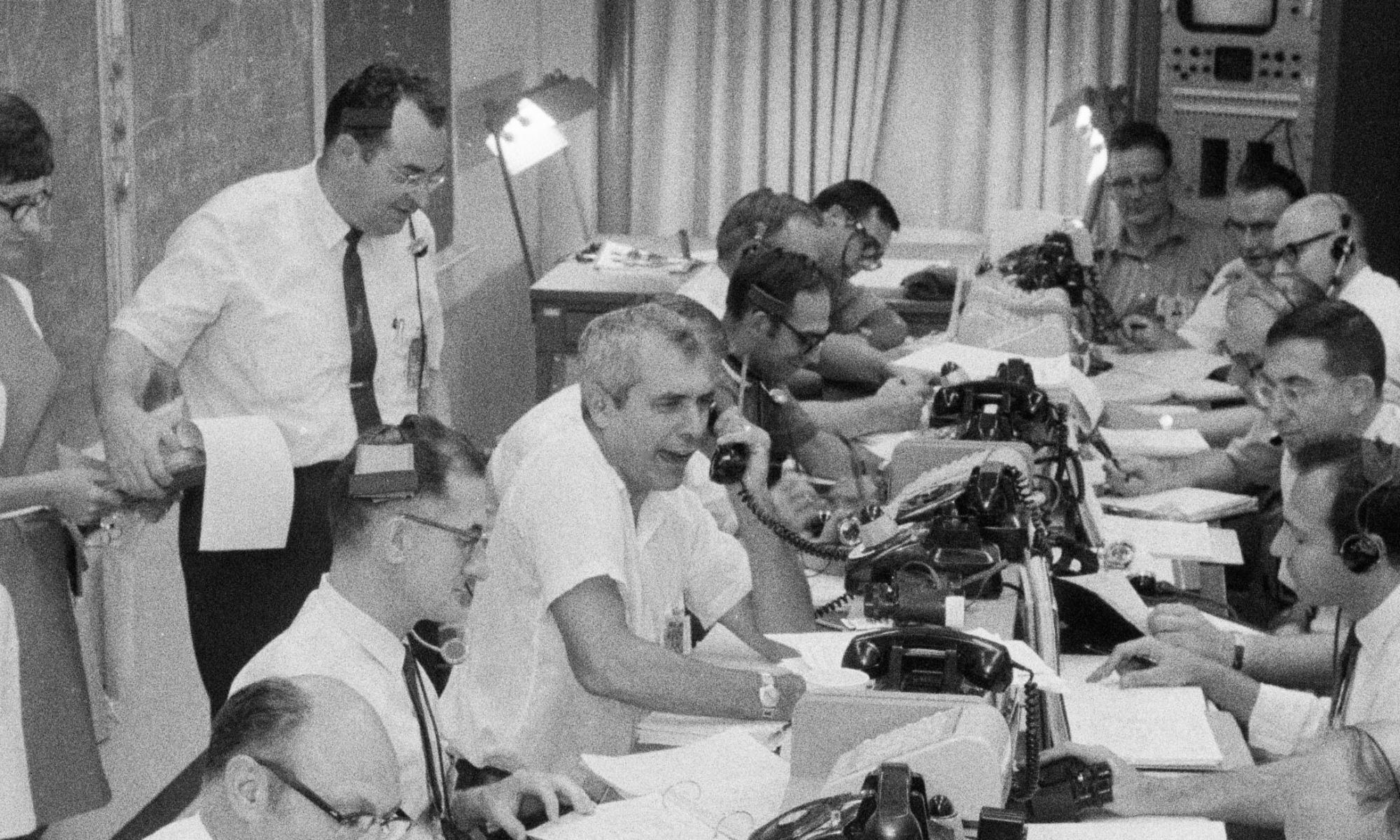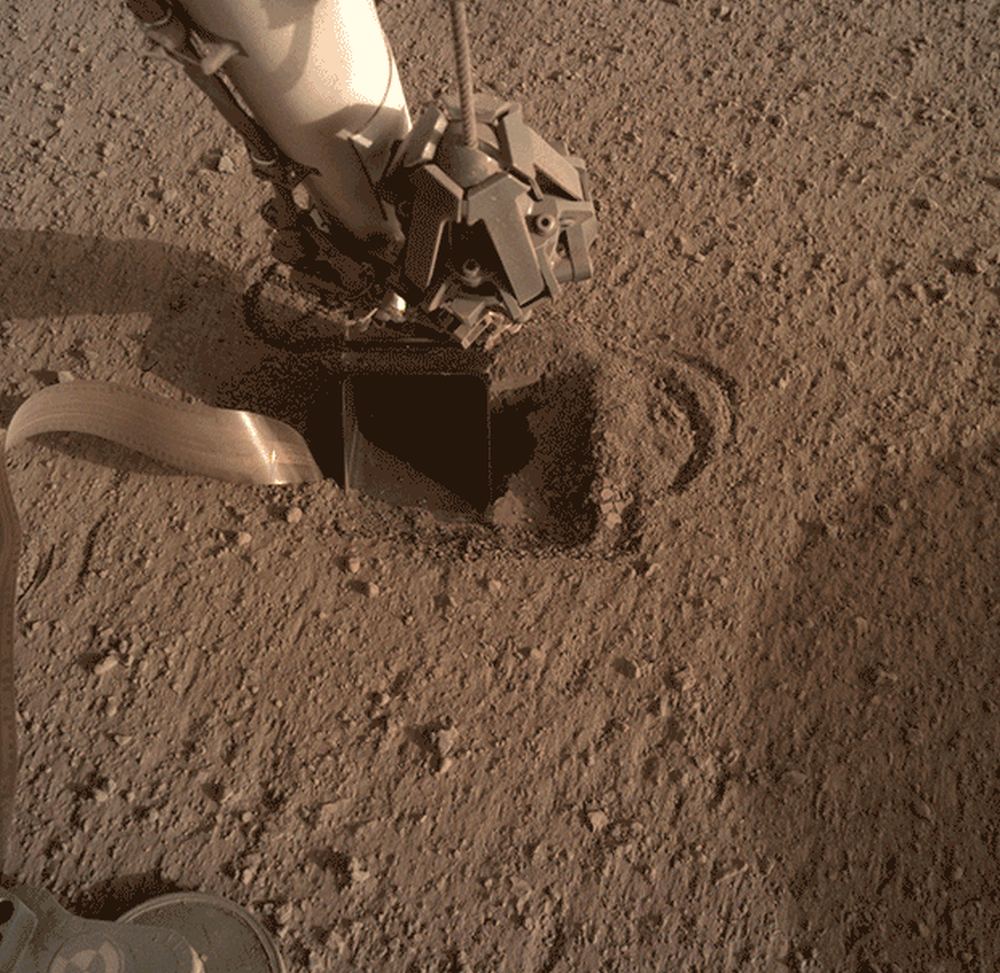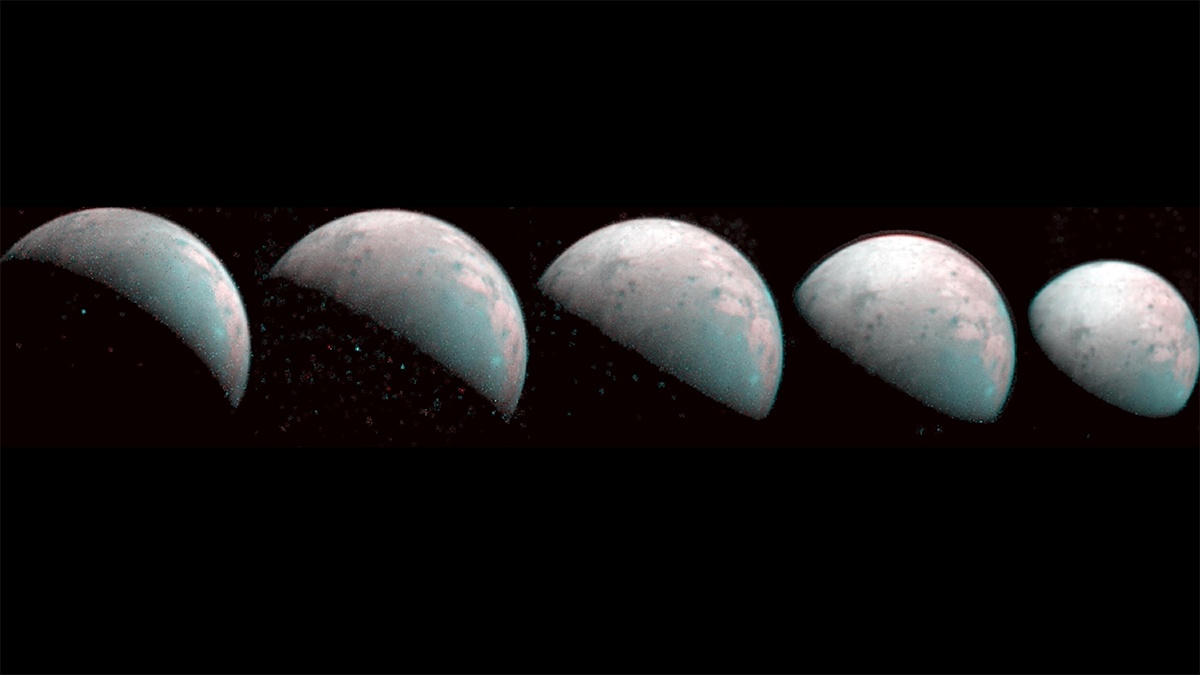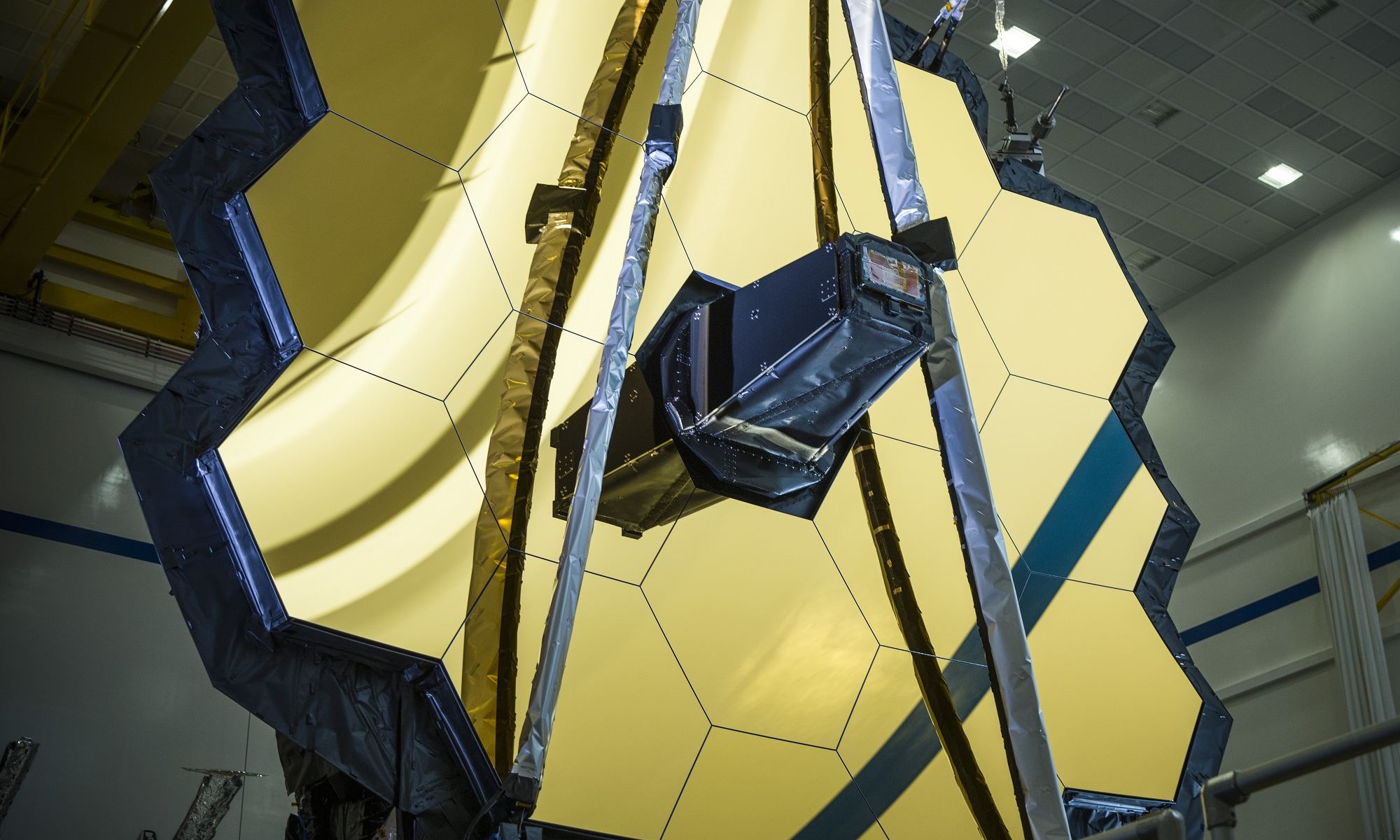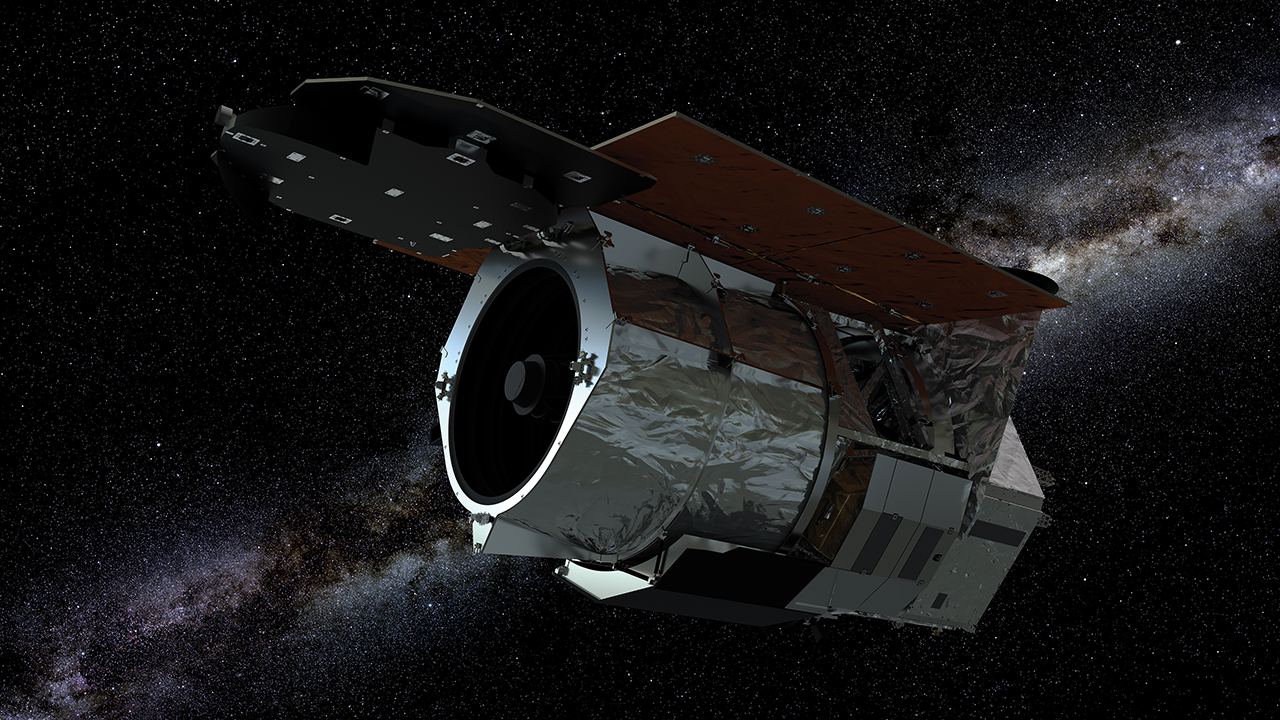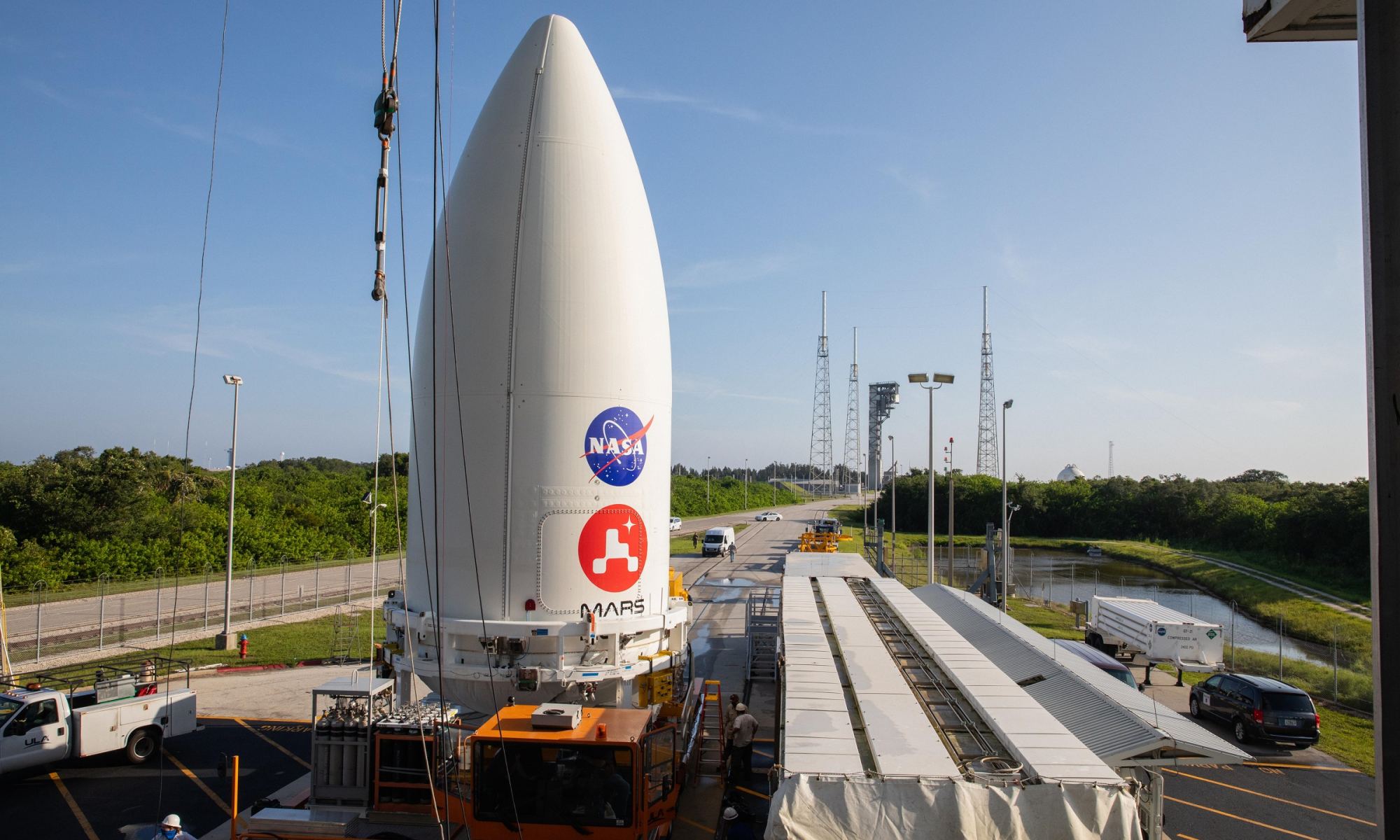When astronauts return to the Moon in the next few years (as part of Project Artemis) they will be scouting locations and resources around the South Pole-Aitken Basin that will eventually help them to stay there. In this cratered, permanently-shadowed region, water ice has been found in abundance, which could one-day be harvested for drinking water, irrigation, and the creation of oxygen gas and rocket fuels.
A critical aspect to planning for all or this is to consider how future missions may affect the local environment. Based on new research from a team of planetary scientists and engineers, a major risk comes in the form of contamination by lunar landers. In short, exhaust from these vehicles could spread around the Moon and contaminate the very ices the astronauts hope to study.
Continue reading “Lunar Landings Will Make it Harder to Study the Moon’s Ice Deposits”


